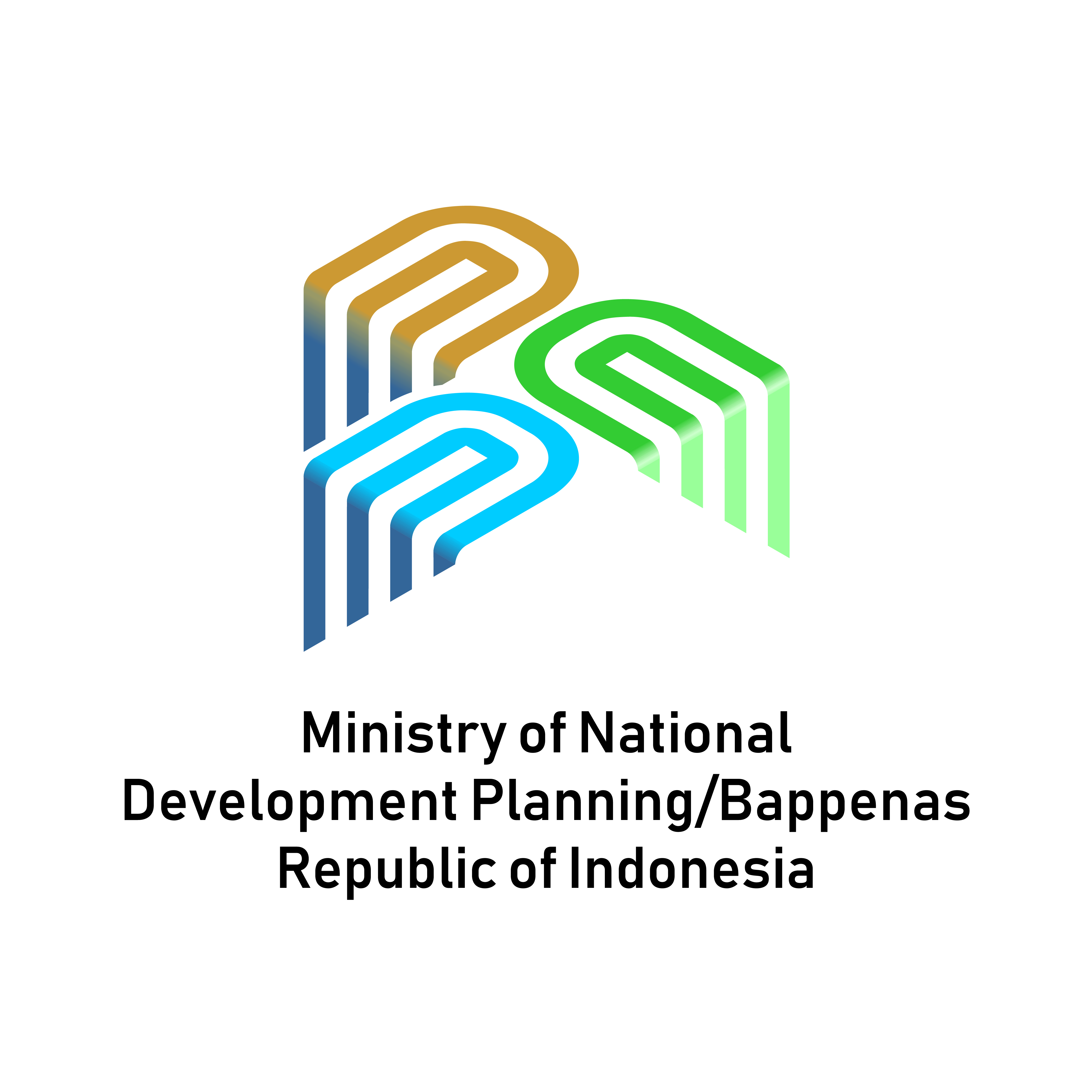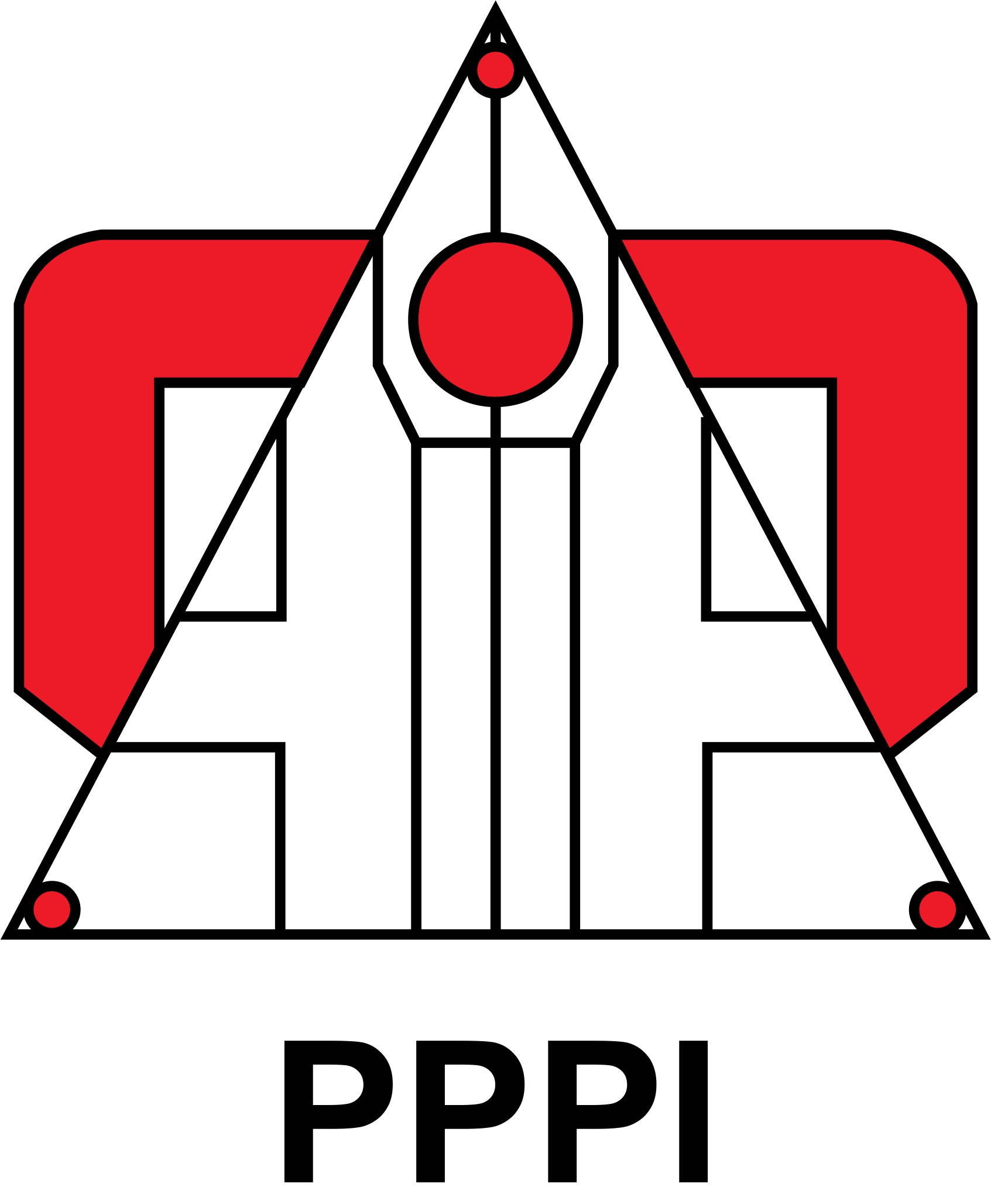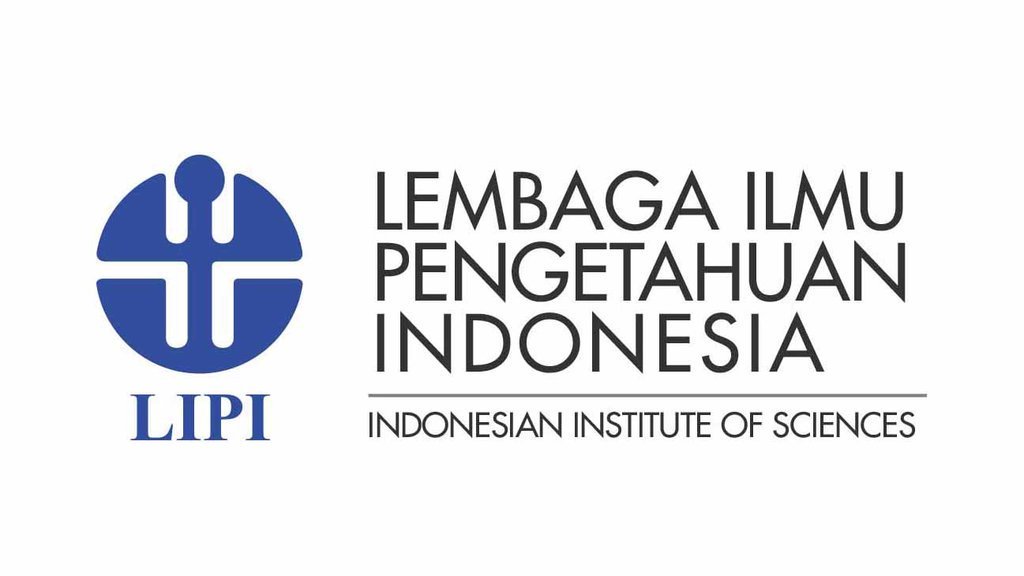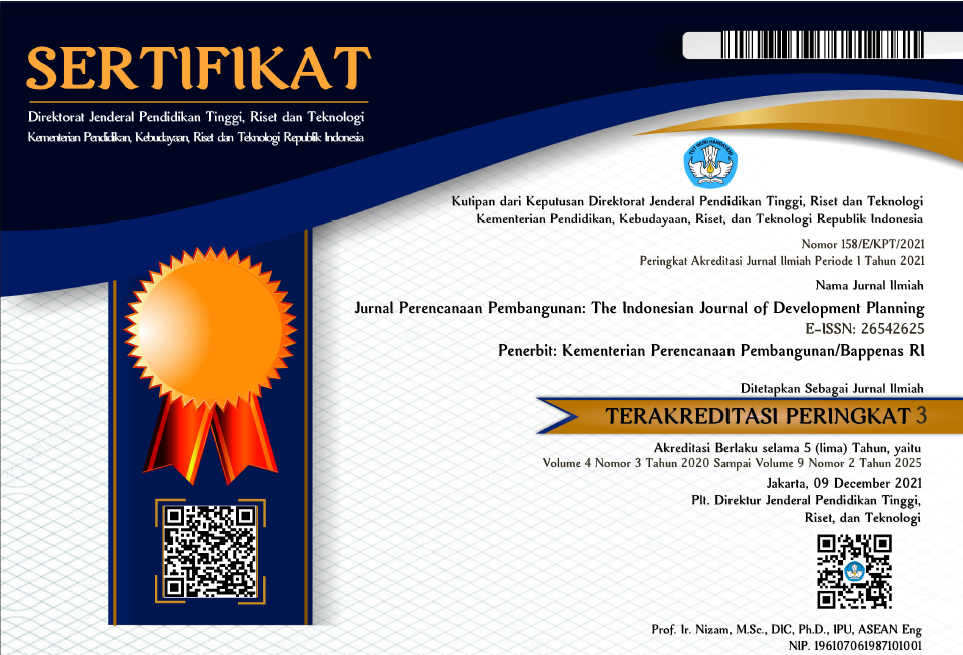The Impact of Borehole Provision on Rural Health and Economic Outcomes: The Case of Indonesia
DOI:
https://doi.org/10.36574/jpp.v8i3.585Keywords:
borehole wells, water access, diarrhea, small industries, micro industriesAbstract
Water is essential for daily economic activities. This study examines the impact of borehole water access on rural health and economy, focusing on reducing diarrhea and boosting small industries. Using data from PODES 2014-2021 and a 2019 borehole program, control villages with similar characteristics were selected. The sample includes 4,550 villages. DiD analysis show the policy does not significantly affect diarrhea prevalence or small industries. Boreholes may not meet all residents' needs, and factors like location and industrial suitability might reduce interest in using water for businesses.
Downloads
References
Adams, M. (2015). The Impact of Borehole Wells and a Hygiene and Sanitation Program on Diarrhea: Evidence from Rural Southwest Uganda the Impact of Borehole Wells and a Hygiene and Sanitation Program on Diarrhea Evidence from Rural Southwest Uganda. USF Scholarship: A Digital Repository Gleeson Library. https://repository.usfca.edu/thes/133
Ahmed, J. U., & Rashid, M. A. (2012). Role of Financial Institutions in Financing Small and Medium Entreprises: A Study in Garo Hills of Meghalaya. Journal of Commerce and Accounting Research, 1(4), 7.
Alberts, J. H. (2003). A Multi Sectoral Approach to Sustainable Rural Water Supply: The Role of The Rope Handpump in Nicaragua. https://www.researchgate.net/publication/320035750
Alisjahbana, A. S., Murniningtyas, E., & Unpad Press. (2018). Tujuan pembangunan berkelanjutan di Indonesia: konsep, target, dan strategi implementasi: Vol. Cetakan 2. https://sdgcenter.unpad.ac.id/wp-content/uploads/2020/04/Tujuan-Pembangunan-Berkelanjutan-SDGs-di-Indonesia_compressed.pdf
Adams, M. (2015). The Impact of Borehole Wells and a Hygiene and Sanitation Program on Diarrhea: Evidence from Rural Southwest Uganda the Impact of Borehole Wells and a Hygiene and Sanitation Program on Diarrhea Evidence from Rural Southwest Uganda. USF Scholarship: A Digital Repository Gleeson Library. https://repository.usfca.edu/thes/133
Ahmed, J. U., & Rashid, M. A. (2012). Role of Financial Institutions in Financing Small and Medium Entreprises: A Study in Garo Hills of Meghalaya. Journal of Commerce and Accounting Research, 1(4), 7.
Alberts, J. H. (2003). A Multi Sectoral Approach to Sustainable Rural Water Supply: The Role of The Rope Handpump in Nicaragua. https://www.researchgate.net/publication/320035750
Alisjahbana, A. S., Murniningtyas, E., & Unpad Press. (2018). Tujuan pembangunan berkelanjutan di Indonesia: konsep, target, dan strategi implementasi: Vol. Cetakan 2. https://sdgcenter.unpad.ac.id/wp-content/uploads/2020/04/Tujuan-Pembangunan-Berkelanjutan-SDGs-di-Indonesia_compressed.pdf
Aluoch, G., Garrett, V., Mabonga, P., Mwaki, A., Ogutu, P., Ombeki, S., Phelan, M., & Quick, R. E. (2008). Diarrhoea prevention in a high-risk rural Kenyan population through point-of-use chlorination, safe water storage, sanitation, and rainwater harvesting. Epidemiology and Infection, 136(11), 1463–1471. https://doi.org/DOI: 10.1017/S095026880700026X
Arnold, B. F., & Colford, J. M. (2007). Treating water with chlorine at point-of-use to improve water quality and reduce child diarrhea in developing countries: a systematic review and meta-analysis. The American Journal of Tropical Medicine and Hygiene, 76(2), 354–364.
Azage, M., Kumie, A., Worku, A., & Bagtzoglou, A. C. (2016). Childhood diarrhea in high and low hotspot districts of Amhara Region, northwest Ethiopia: a multilevel modeling. Journal of Health, Population, and Nutrition, 35, 13. https://doi.org/10.1186/s41043-016-0052-2
Bakker, M., Barker, R., Meinzen-Dick, R. S., Konradsen, F., & System-Wide Initiative for Water Management. (1999). Multiple uses of water in irrigated areas: a case study from Sri Lanka. SWIM Paper. International Water Management Institute, Colombo., 8, 48.
Batten, T. R. (1974). The Major Issues and Future Direction of Community Development. Community Development Journal, 9(2), 96–103. https://doi.org/10.1093/cdj/9.2.96
Berman, J. (2009). WHO: Waterborne Disease is World’s Leading Killer. Voa News. https://www.voanews.com/a/a-13-2005-03-17-voa34-67381152/274768.html
Boelee, E., & Laamrani, H. (2004). Multiple use of irrigation water in Northeastern Morocco. In Beyond Domestic: Case Studies on Poverty and Productive Uses of Water at the Household Level, Moriarty P, Butterworth JA, van Koppen B (Eds). IRC International Water and Sanitation Centre: Delft, 119–135.
Boelee, E., Laamrani, H., Khallaayoune, K., & Watts, S. (1999). Domestic water uses in Morocco’s Tessaout Amont irrigation system. Waterlines, 18(1), 21–23. https://doi.org/10.3362/0262-8104.1999.033
Bonita, R., Beaglehole, R., Kjellström, T., & Organization, W. H. (2006). Basic Epidemiology. World Health Organization. https://books.google.co.id/books?id=AAZGobMNTXgC
BPS (2014). Statistik Indonesia 2014. https://www.bps.go.id/id/publication/2014/05/05/8d2c08d9d41aa8c02fad22e7/statistik-indonesia-2014.html
Cairncross S. (1987). Water, women and children. J. Pickford & B. Leedham (Eds.), Benefits of Water Supply: Developing World Water II. London: Grosvenor Press.
Cairncross, S. (1997). Quantity or quality? Water supplies and health. People & the Planet, 6(3), 10–11.
Cairncross, S., & Cuff, J. L. (1987). Water use and health in Mueda, Mozambique. Transactions of the Royal Society of Tropical Medicine and Hygiene, 81(1), 51–54. https://doi.org/10.1016/0035-9203(87)90280-X
Cairncross, S., Hunt, C., Boisson, S., Bostoen, K., Curtis, V., Fung, I. C., & Schmidt, W.-P. (2010). Water, sanitation and hygiene for the prevention of diarrhoea. International Journal of Epidemiology, 39(suppl_1), i193–i205. https://doi.org/10.1093/ije/dyq035
Cameron, L., Chase, C., & Contreras Suarez, D. (2021). Relationship between water and sanitation and maternal health: Evidence from Indonesia. World Development, 147, 105637. https://doi.org/10.1016/j.worlddev.2021.105637
Cesar A. Calderon, Catalina Cantu, & Punam Chuhan-Pole. (2018). Infrastructure Development in Sub-Saharan Africa: A Scorecard. World Bank Policy Research Working Paper No. 8425, Available at SSRN: Https://Ssrn.Com/Abstract=3172503.
Chowdhury, F., Khan, I. A., Patel, S., Siddiq, A. U., Saha, N. C., Khan, A. I., Saha, A., Cravioto, A., Clemens, J., Qadri, F., & Ali, M. (2015). Diarrheal illness and healthcare seeking behavior among a population at high risk for diarrhea in Dhaka, Bangladesh. PLoS ONE, 10(6). https://doi.org/10.1371/journal.pone.0130105
Clasen, T., Schmidt, W. P., Rabie, T., Roberts, I., & Cairncross, S. (2007). Interventions to improve water quality for preventing diarrhoea: systematic review and meta-analysis. BMJ, 334(7597), 782. https://doi.org/10.1136/BMJ.39118.489931.BE
Curtis, V., Cairncross, S., & Yonli, R. (2000). Review: Domestic hygiene and diarrhoea – pinpointing the problem. Tropical Medicine & International Health, 5(1), 22–32. https://doi.org/10.1046/j.1365-3156.2000.00512.x
Davis, J., Kang, A., Vincent, J., & Whittington, D. (2001). How Important is Improved Water Infrastructure to Microenterprises? Evidence from Uganda. World Development, 29, 1753–1767. https://doi.org/10.1016/S0305-750X(01)00059-6
Dayanti, M. P., Fachrul, M. F., & Wijayanti, A. (2018). Escherichia coli as bioindicator of the groundwater quality in Palmerah District, West Jakarta, Indonesia. IOP Conference Series: Earth and Environmental Science, 106, 012081. https://doi.org/10.1088/1755-1315/106/1/012081
Devoto, F., Duflo, E., Dupas, P., Parienté, W., & Pons, V. (2012). Happiness on Tap: Piped Water Adoption in Urban Morocco. American Economic Journal: Economic Policy, 4(4), 68–99. https://doi.org/10.1257/pol.4.4.68
Esrey, S. A., Habicht, J. P., Latham, M. C., Sisler, D. G., & Casella, G. (1988). Drinking water source, diarrheal morbidity, and child growth in villages with both traditional and improved water supplies in rural Lesotho, southern Africa. American Journal of Public Health, 78(11), 1451–1455. https://doi.org/10.2105/AJPH.78.11.1451
Fernando, C. H., & Halwart, M. (2000). Possibilities for the integration of fish farming into irrigation systems. Fisheries Management and Ecology, 7(1–2), 45–54. https://doi.org/10.1046/j.1365-2400.2000.00188.x
Fiebelkorn, P. A., Person, B., Quick, R. E., Vindigni, S. M., Jhung, M., Bowen, A., & Riley, P. L. (2012). Systematic review of behavior change research on point-of-use water treatment interventions in countries categorized as low-to medium-development on the human development index. Social Science & Medicine, 75(4), 622-633. https://doi.org/10.1016/J.SOCSCIMED.2012.02.011
Gertler, P. J., Martinez, S., Premand, P., Rawlings, L. B., & Vermeersch, C. M. J. (2016). Impact Evaluation in Practice, Second Edition. Washington, DC: Inter-American Development Bank and World Bank. https://doi.org/10.1596/978-1-4648-0779-4
Gultom, Y. M. L. (2019). Governance structures and efficiency in the U.S. electricity sector after the market restructuring and deregulation. Energy Policy, 129, 1008–1019. https://doi.org/10.1016/j.enpol.2019.02.005
Günther, I., & Schipper, Y. (2013). Pumps, Germs and Storage: The Impact of Improved Water Containers on Water Quality and Health. Health Economics, 22(7), 757–774. https://doi.org/10.1002/hec.2852
Haggerty, P. A., Muladi, K., Kirkwood, B. R., Ashworth, A., & Manunebo, M. (1994). Community-based Hygiene Education to Reduce Diarrhoeal Disease in Rural Zaire: Impact of the Intervention on Diarrhoeal Morbidity. International Journal of Epidemiology, 23(5), 1050–1059. https://doi.org/10.1093/ije/23.5.1050
Hill, Z., Kirkwood, B., & Edmond, K. (2004). Family and community practices that promote child survival, growth and development A Review of The Evidence.
Islam, S., & Hossain, F. (2018). Constraints to small and medium-sized enterprises development in Bangladesh: Results from a cross-sectional study. The European Journal of Applied Economics, 15(2), 58–73. https://doi.org/10.5937/ejae15-17015
James, A. J., Verhagen, J., Van Wijk, C., Nanavaty, R., Parikh, M., & Bhatt, M. (2002). Transforming time into money using water: A participatory study of economics and gender in rural India. Natural Resources Forum, 26(3), 205–217. https://doi.org/10.1111/0165-0203.00022
Jannah, Q. N., & Putri, G. L. (2021). Escherichia coli contamination of groundwater in Metro City, Lampung. E3S Web of Conferences, 277, 04001. https://doi.org/10.1051/e3sconf/202127704001
Jehangir, Mudasser M, Hassan M, & Zulfiqar Ali. (1998). Multiple Uses of Irrigation Water in the Hakra 6–R. Distributary Command Area, Punjab, Pakistan. Report R-61, Pakistan National Program. International Irrigation Management Institute, Lahore.
KESDM Badan Geologi. (2018). Sumur Bor Air Bersih, Dari Rakyat Untuk Rakyat. Artikel GPR Kementerian Komunikasi Dan Informatika. https://www.kominfo.go.id/content/detail/12829/sumur-bor-air-bersih-dari-rakyat-untuk-rakyat/0/artikel_gpr
KESDM Badan Geologi. (2019a). Kala Kemarau Menguji, 650 Unit Sumur Bor Jadi Solusi. Berita | Portal Layanan Satu Pintu Badan Geologi. https://geologi.esdm.go.id/media-center/kala-kemarau-menguji-650-unit-sumur-bor-jadi-solusi
KESDM Badan Geologi. (2019b). Penyerahan Infrastruktur Sumur Bor Air Tanah untuk Pemerintah Daerah. Berita. http://pag.geologi.esdm.go.id/index.php/c_berita/berita/85
KESDM Badan Geologi. (2023). Laporan Kinerja Badan Geologi Tahun 2022 (K. Badan Geologi, Ed.; 2022nd ed.). Badan Geologi, Kementerian Energi dan Sumber Daya Mineral, Jl. Diponegoro No. 57 Bandung. https://geologi.esdm.go.id/publikasi/laporan-dan-buku/laporan-kinerja-badan-geologi-tahun-2022
Khandker, S., Koolwal, G., Samad, H., & Bank, W. (2010). Handbook On Impact Evaluation: Quantitative Methods and Practices. Http://Lst-Iiep.Iiep-Unesco.Org/Cgi-Bin/Wwwi32.Exe/ [In=epidoc1.in]/?T2000=028739/ (100). https://doi.org/10.1596/978-0-8213-8028-4
Klees, R., Godinho, J., Lawson-Doe, M., & Abdulin, S. D. (2016). Sanitation, health, and hygiene in World Bank: rural water supply and sanitation projects. https://documents.worldbank.org/en/publication/documents-reports/documentdetail/537411468191055098/sanitation-health-and-hygiene-in-world-bank-rural-water-supply-and-sanitation-projects
Komarulzaman, A., Smits, J., & de Jong, E. (2017). Clean water, sanitation and diarrhoea in Indonesia: Effects of household and community factors. Global Public Health, 12(9), 1141–1155. https://doi.org/10.1080/17441692.2015.1127985
Kremer, M., Leino, J., Miguel, E., & Zwane, A. (2008). Managing rural water infrastructure in Kenya. Work. Pap., Harvard Univ., Cambridge, MA.
Kumar, S., & Vollmer, S. (2013). Does Access to Improved Sanitation Reduce Childhood Diarrhea in Rural India? Health Economics, 22(4), 410–427. https://doi.org/10.1002/hec.2809
Kustanto, D. N. (2015). Dampak Akses Air Minum dan Sanitasi Terhadap Peningkatan Kesejahteraan. Jurnal Sosek Pekerjaan Umum, 7(3), 173–179.
Lee, E. (2019). Environmental Health Perspectives in the Ancient World. https://doi.org/10.17615/1h7j-1850
Luby, S. P., Agboatwalla, M., Feikin, D. R., Painter, J., Billhimer, W., Altaf, A., & Hoekstra, R. M. (2005). Effect of handwashing on child health: a randomised controlled trial. The Lancet, 366(9481), 225–233. https://doi.org/10.1016/S0140-6736(05)66912-7
Mamady, K. (2016). Factors influencing attitude, safety behavior, and knowledge regarding household waste management in Guinea: a cross-sectional study. Journal of Environmental and Public Health, 2016.
Mambula, C. (2002). Perceptions of SME Growth Constraints in Nigeria. Journal of Small Business Management, 40(1), 58–65. https://doi.org/10.1111/1540-627X.00039
Meinzen-Dick. (1997). Valuing the multiple uses of water. In Water: Economics, Management and Demand Kay M, Franks T, E&FN Spon Smith L.
Mendiguren, de J. (2004). Productive uses of water at the household level: evidence from Bushbuckridge, South Africa (pp. 49–75).
Moriarty, P. B. (Patrick B., Butterworth, John., IRC, I. W. and S. Centre., Natural Resources Institute., & International Water Management Institute. (2004). Beyond domestic: case studies on poverty and productive uses of water at the household level. IRC International Water and Sanitation Centre.
Mungkasa, O. (2006). Pembangunan Air Minum dan Kemiskinan. Jurnal Percik 3 (2), 121–135.
Nasdian, F. T. (2014). Pengembangan Masyarakat. Yayasan Pustaka Obor Indonesia. https://books.google.co.id/books?id=7cdIDAAAQBAJ
Nguyen-Khoa, S., Smith, L., & Lorenzen, K. (2005). Impacts of Irrigation on Inland Fisheries: Appraisals in Laos and Sri Lanka. Comprehensive Assessment Research Report 7. Comprehensive Assessment Secretariat: Colombo.
NIEHS. (2022). Global Environmental Health and Sustainable Development. National Institute of Environmental Health Sciences. https://www.niehs.nih.gov/health/topics/population/ global/index.cfm
Nisa, K., & Riyanto, R. (2022). Dampak Program LTSHE Tahun 2017 Terhadap Peningkatan Banyaknya Usaha Rumah Tangga Desa Terpencil di Papua. Jurnal Energi Baru Dan Terbarukan, 3(3), 259–275.
Noel, S., Phuong, H. T., Soussan, J., & Lovett, J. C. (2010). The impact of domestic water on household enterprises: Evidence from Vietnam. Water Policy, 12(2), 237–247. https://doi.org/10.2166/wp.2009.102
Notoatmodjo, S. (2014). Promosi kesehatan dan perilaku kesehatan. Jakarta: Rineka Cipta.
Patunru, A. A. (2015). Access to Safe Drinking Water and Sanitation in Indonesia. Asia & the Pacific Policy Studies, 2(2), 234–244. https://doi.org/10.1002/APP5.81
Polak, P., Adhikari, D., Nanes, B., Salter, D., & Surywanshi, S. (2003). Transforming Rural Water Access into Profitable Business Opportunities. Water, poverty and the productive uses of, 21 - 23, 184.
Proudfoot, D. (2003). Tackling the roots of poverty: Changing an NGO’s WATSAN programme to meet productive water needs, Zimbabwe. International Symposium on Water, Poverty, and Productive Uses of Water at the Household Level, 21–23 January 2003.
Quick, R. E., Venczel, L. V, Mintz, E. D., Soleto, L., Aparicio, J., Gironaz, M., Hutwagner, L., Greene, K., Bopp, C., Maloney, K., Chavez, D., Sobsey, M., & Tauxe, R. V. (1999). Diarrhoea Prevention in Bolivia through Point-of-Use Water Treatment and Safe Storage: A Promising New Strategy. Epidemiology and Infection, 122(1), 83–90. http://www.jstor.org/stable/3865238
Rosen, S. and Vincent, J.R. (1999) Household Water Resources and Rural Productivity in Sub-Saharan Africa: A Review of the Evidence. Development Discussion Paper, No. 673, Institute for International Development, Cambridge.
Sarker, A. R., Sultana, M., Mahumud, R. A., Sheikh, N., Van Der Meer, R., & Morton, A. (2016). Prevalence and Health Care–Seeking Behavior for Childhood Diarrheal Disease in Bangladesh. Global Pediatric Health, 3, 2333794X1668090. https://doi.org/10.1177/2333794x16680901
Sefiani, Y., & Bown, Dr. R. (2013). What Influences the Success of Manufacturing SMEs? A Perspective from Tangier. International Journal of Business and Social Science.
Semba, R. D., Moench-Pfanner, R., de Pee, S., Badham, J., Kraemer, K., Bloem, M. W., Rah, J. H., Akhter, N., Sun, K., & Campbell, A. A. (2011). Relationship of the Presence of a Household Improved Latrine with Diarrhea and Under-Five Child Mortality in Indonesia. The American Journal of Tropical Medicine and Hygiene, 84(3), 443–450. https://doi.org/10.4269/ajtmh.2011.10-0244
Shaheed, A., Orgill, J., Ratana, C., Montgomery, M. A., Jeuland, M. A., & Brown, J. (2014). Water quality risks of ‘improved’ water sources: evidence from Cambodia. Tropical Medicine & International Health, 19(2), 186–194. https://doi.org/10.1111/TMI.12229
Shofawati, A. (2019). The Role of Digital Finance to Strengthen Financial Inclusion and the Growth of SME in Indonesia. KnE Social Sciences, 3(13), 389. https://doi.org/10.18502/kss.v3i13.4218
Skoufias, E. (1998). Determinants of child health during the economic transition in Romania. World Development, 26(11), 2045–2056.
Sodha, S. V., Menon, M., Trivedi, K., Ati, A., Figueroa, M. E., Ainslie, R., Wannemuehler, K., & Quick, R. (2011). Microbiologic effectiveness of boiling and safe water storage in South Sulawesi, Indonesia. Journal of Water and Health, 9(3), 577–585. https://doi.org/10.2166/WH.2011.255
Sorenson, S. B., Morssink, C., & Campos, P. A. (2011). Safe access to safe water in low-income countries: Water fetching in current times. Social Science & Medicine, 72(9), 1522–1526. https://doi.org/10.1016/j.socscimed.2011.03.010
Stuart, E. A., Huskamp, H. A., Duckworth, K., Simmons, J., Song, Z., Chernew, M. E., & Barry, C. L. (2014). Using propensity scores in difference-in-differences models to estimate the effects of a policy change. Health Services and Outcomes Research Methodology, 14(4), 166–182. https://doi.org/10.1007/s10742-014-0123-z
Sukartini, N. M., & Saleh, S. (2016). Akses Air Bersih di Indonesia. Jurnal Ekonomi Kuantitatif Terapan, 9(2), 89–98.
Surjadi, C. (2003). Public private partnerships and the poor - Drinking water concessions: a study for better understanding public-private partnerships and water provision in low-income settlements [Case study: Jakarta, Indonesia]. https://repository.lboro.ac.uk/articles/book/Public_private_partnerships_and_the_poor_-_Drinking_water_concessions_a_study_for_better_understanding_public-private_partnerships_and_water_provision_in_low-income_settlements_Case_study_Jakarta_Indonesia_/9457259
Susanti, W. E., Novrikasari, N., & Sunarsih, E. (2016). Determinant of Diarrhea on Children Under Five Years in Indonesia (Advanced Analysis Idhs 2012). Jurnal Ilmu Kesehatan Masyarakat, 7(1).
The National Environmental Health Partnership Council. (2014). Environmental Health Playbook: Investing in a Robust Environmental Health System. https://www.apha.org/-/media/files/pdf/topics/ environment/eh_playbook.ashx
Todd, D. K. (1980). Groundwater Hydrology, Assessment of groundwater quality using chemical indices (2nd ed). John Wiley and Sons.
Tonglet, R., Isu, K., Mpese, M., Dramaix, M., & Hennart, P. (1992). Can improvements in water supply reduce childhood diarrhoea? Health Policy and Planning, 7(3), 260–268. http://www.jstor.org/stable/45090073
Triono, M. O. (2018). Akses Air Bersih pada Masyarakat Kota Surabaya serta Dampak Buruknya Akses Air Bersih Terhadap Produktivitas Masyarakat Kota Surabaya. Jurnal Ilmu Ekonomi Terapan, 3(2). https://doi.org/10.20473/jiet.v3i2.10072
UN. ESCAP, UNDP, & ADB. (2007). Access to basic services for the poor: the importance of good governance. https://repository.unescap.org/handle/20.500.12870/2718?locale-attribute=es
UNICEF & WHO. (2015). Progress on Sanitation and Drinking-Water: 2010. Update Report. World. 1-90.
Usman, M. A., Gerber, N., & von Braun, J. (2019). The Impact of Drinking Water Quality and Sanitation on Child Health: Evidence from Rural Ethiopia. The Journal of Development Studies, 55(10), 2193–2211. https://doi.org/10.1080/00220388.2018.1493193
Vollaard, A. M., Ali, S., Van Asten, H. A. G. H., Widjaja, S., Visser, L. G., Surjadi, C., & Van Dissel, J. T. (2004). Risk factors for typhoid and paratyphoid fever in Jakarta, Indonesia. JAMA, 291(21), 2607–2615. https://doi.org/10.1001/JAMA.291.21.2607
Wang, Z. S., Shepard, D. S., Zhu, Y. C., Cash, R. A., Zhao, R. J., Zhu, Z. X., & Shen, F. M. (1989). Reduction of enteric infectious disease in rural China by providing deep-well tap water. Bulletin of the World Health Organization, 67(2), 171–180.
Wapenaar, K., & Kollamparambil, U. (2019). Piped Water Access, Child Health and the Complementary Role of Education: Panel Data Evidence from South Africa. The Journal of Development Studies, 55(6), 1182–1200. https://doi.org/10.1080/00220388.2018.1487056
Waughray, D. K., Lovell, C. J., Mazhangara, E., & Mazhangara, E. (1998). Developing basement aquifers to generate economic benefits: A case study from Southeast Zimbabwe. World Development, 26(10), 1903–1912. https://EconPapers.repec.org/RePEc:eee:wdevel:v:26:y:1998:i:10:p:1903-1912
Waughray, D., & Rodriguez, A. (1998). Valuing water as an economic good in dryland areas -balancing the need for food, environmental and financial security. Paper Prepared for the World Congress of Natural Resource Economics, June 24–27, 1998.
Wirawan, H., & Gultom, Y. M. L. (2021). The effects of renewable energy-based village grid electrification on poverty reduction in remote areas: The case of Indonesia. Energy for Sustainable Development, 62, 186–194.
Wright, J., Gundry, S., & Conroy, R. (2004). Household drinking water in developing countries: a systematic review of microbiological contamination between source and point-of-use. Tropical Medicine & International Health, 9(1), 106–117. https://doi.org/10.1046/J.1365-3156.2003.01160.X
Zipper, S. C., Soylu, M. E., Kucharik, C. J., & Loheide II, S. P. (2017). Quantifying indirect groundwater-mediated effects of urbanization on agroecosystem productivity using MODFLOW-AgroIBIS (MAGI), a complete critical zone model. Ecological Modelling, 359, 201–219. https://doi.org/10.1016/j.ecolmodel.2017.06.002
Zora, M., Gustina, E., & Ulfah, M. (2022). Analisis Faktor-Faktor yang Berhubungan Dengan Akses Air Minum Aman di Wilayah Kerja Dinas Kesehatan Kabupaten OKU Tahun 2021. Jurnal Kesehatan Saelmakers PERDANA, 5(1), 73–84. https://doi.org/10.32524/jksp.v5i1.392
Downloads
Published
How to Cite
Issue
Section
License
Copyright (c) 2024 Jurnal Perencanaan Pembangunan: The Indonesian Journal of Development Planning

This work is licensed under a Creative Commons Attribution-NonCommercial-ShareAlike 4.0 International License.
This is an open-access article distributed under the terms of the Creative Commons Attribution-NonCommercial-ShareAlike 4.0 International License. Copyright © Kementerian PPN/Bappenas RI

















